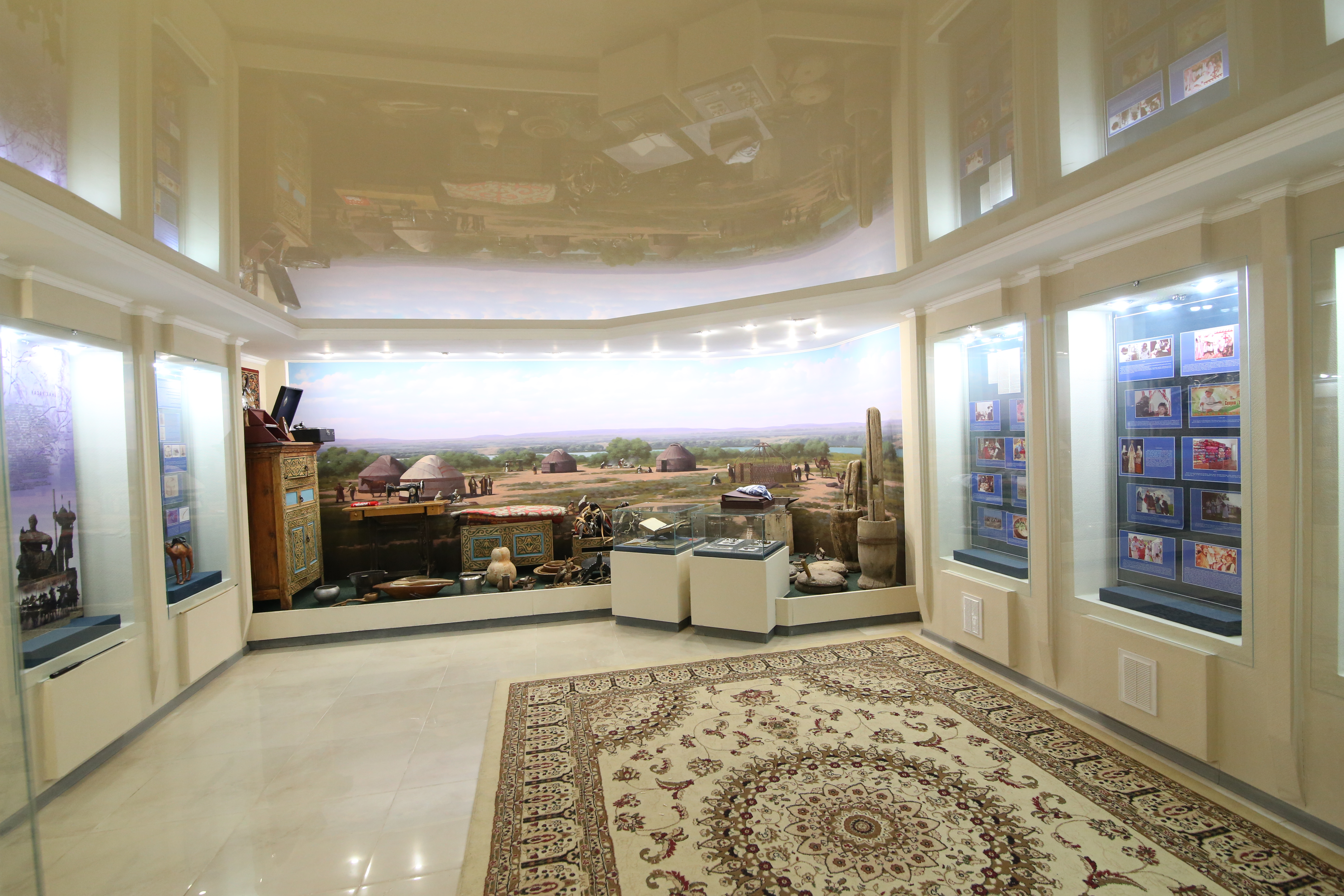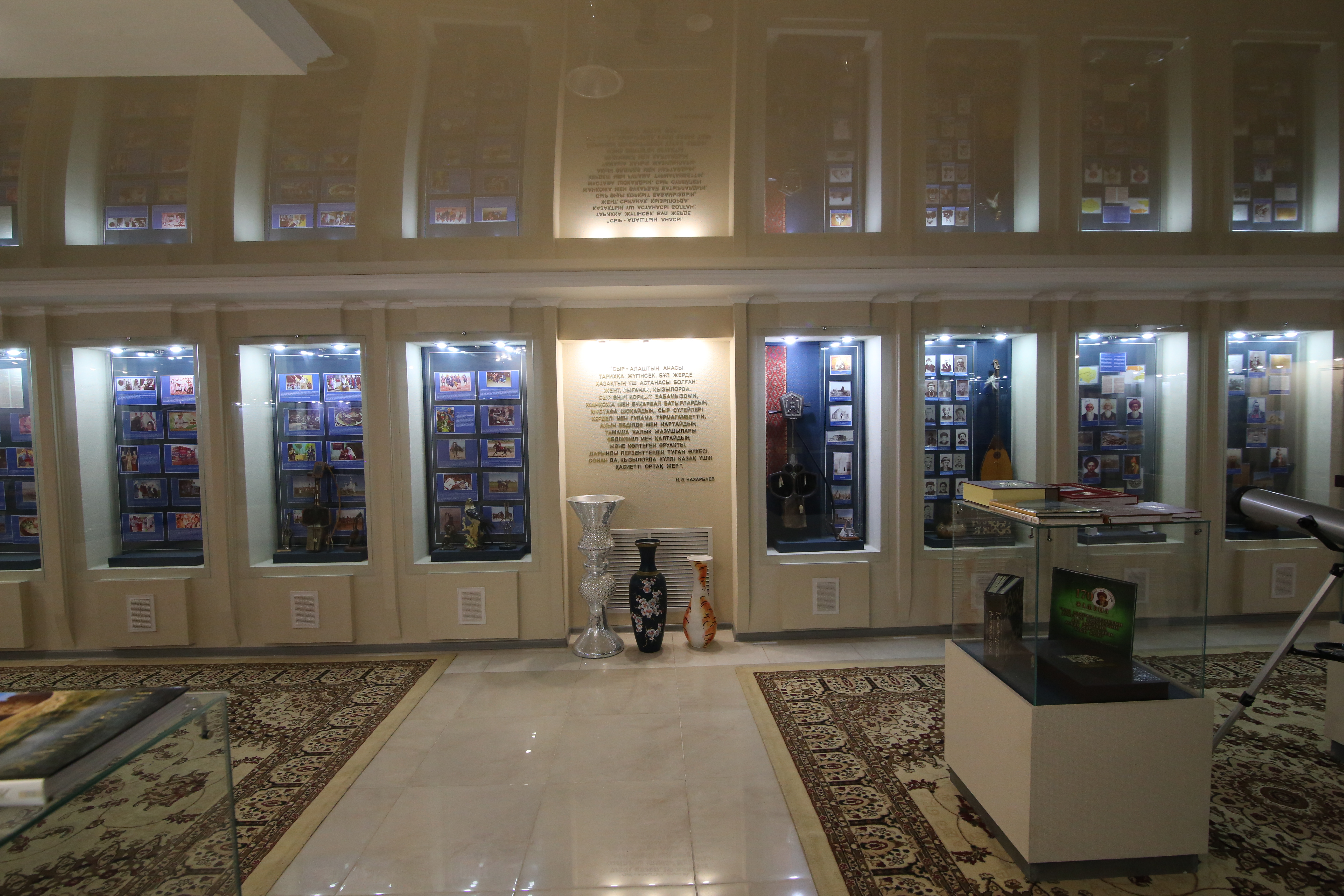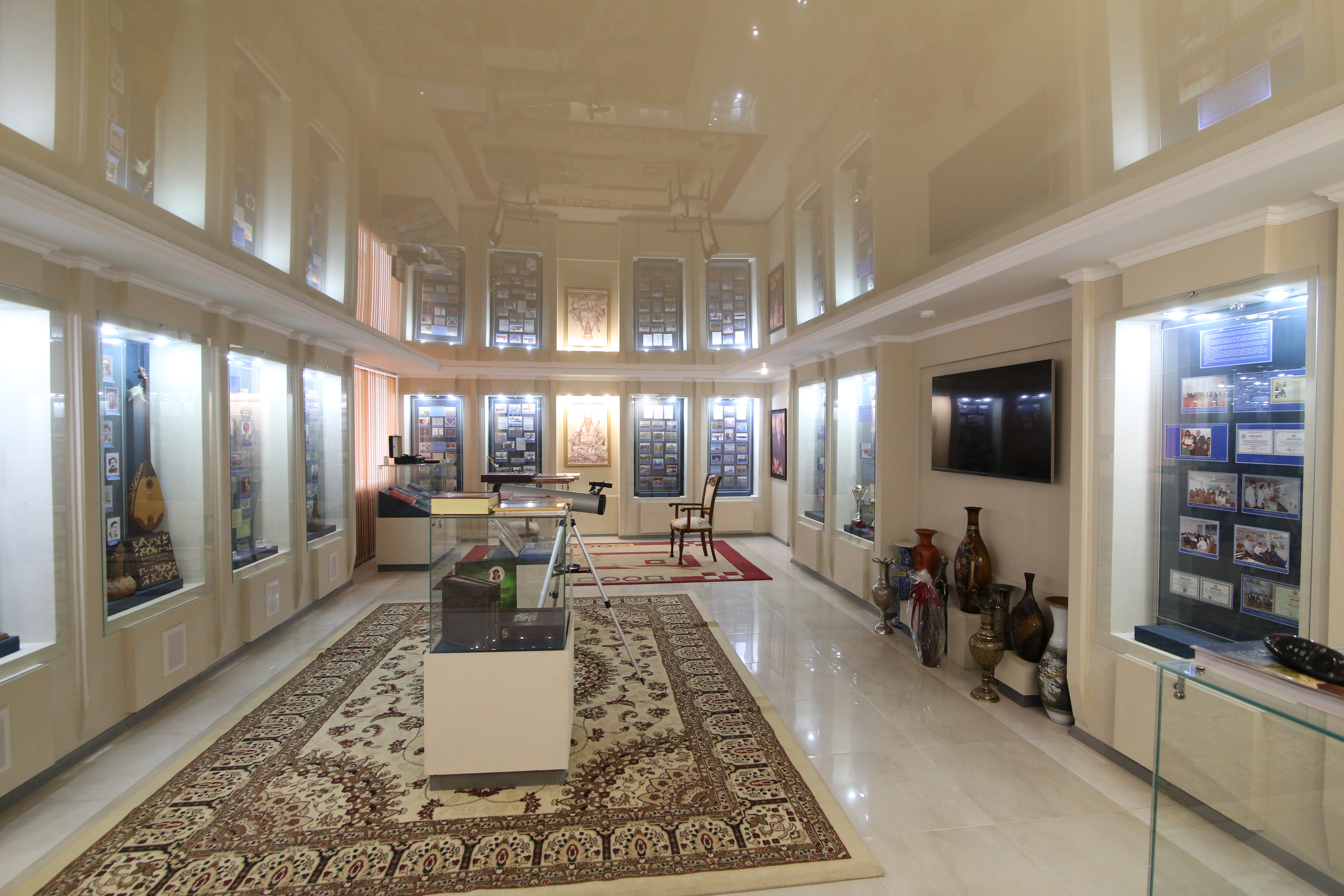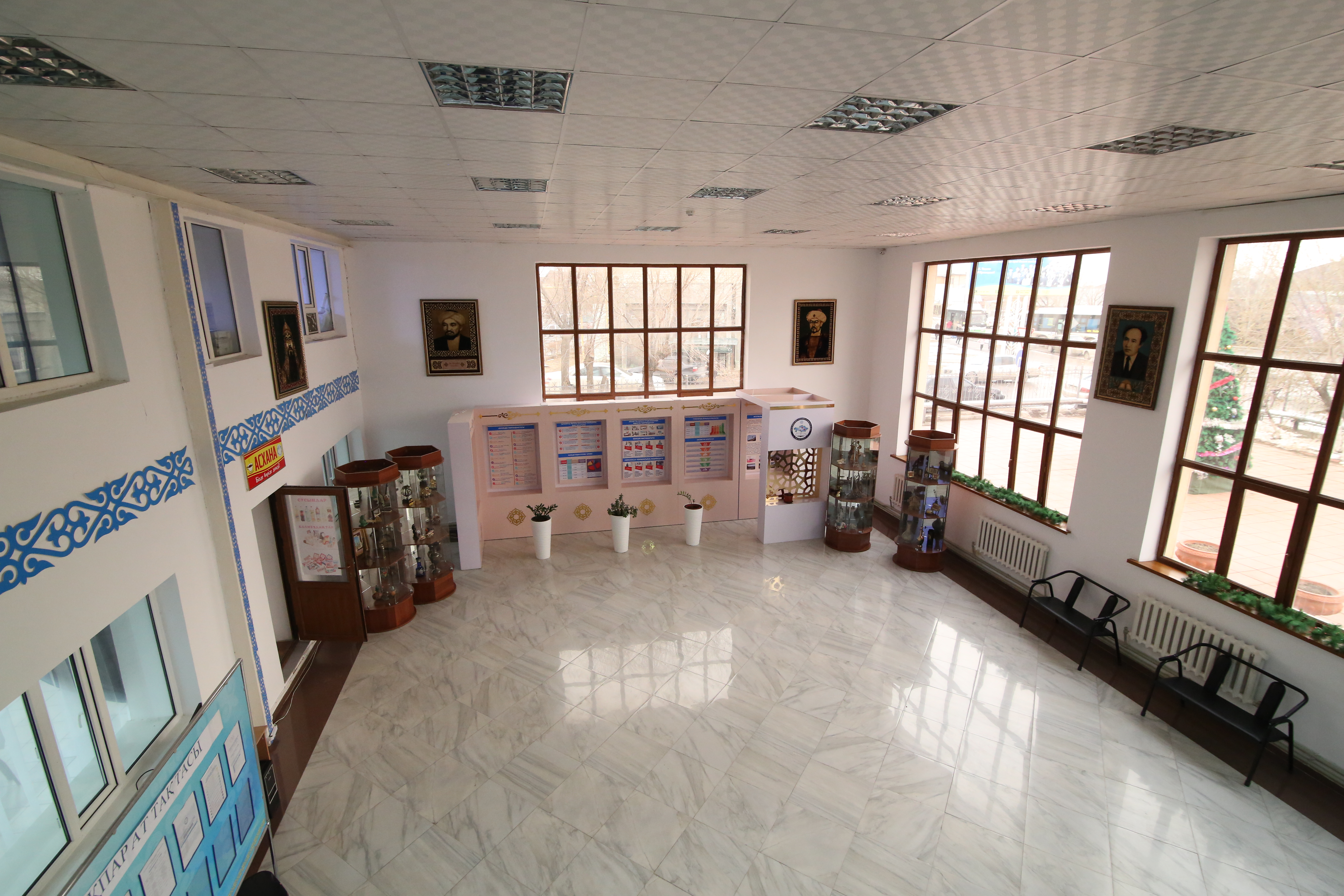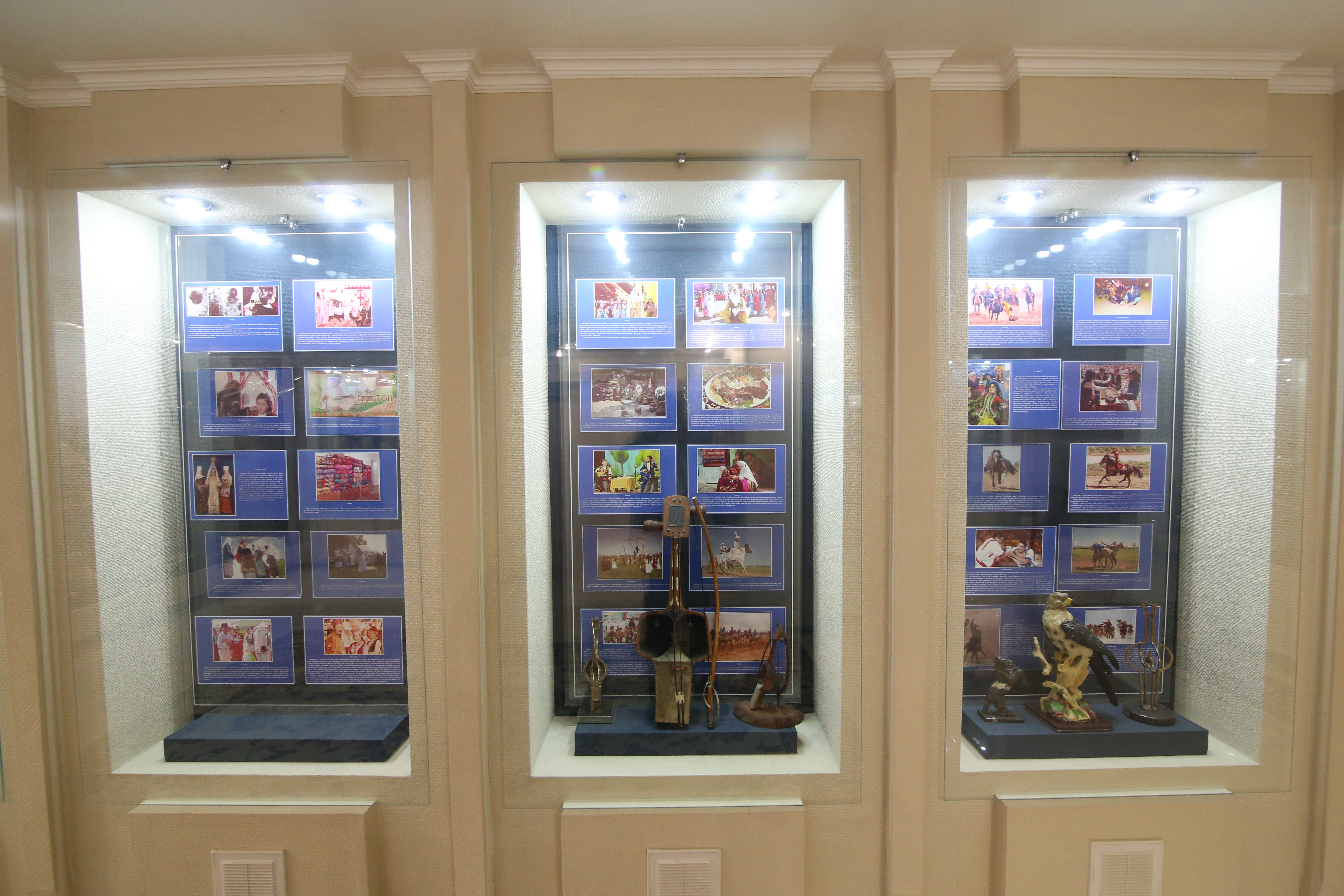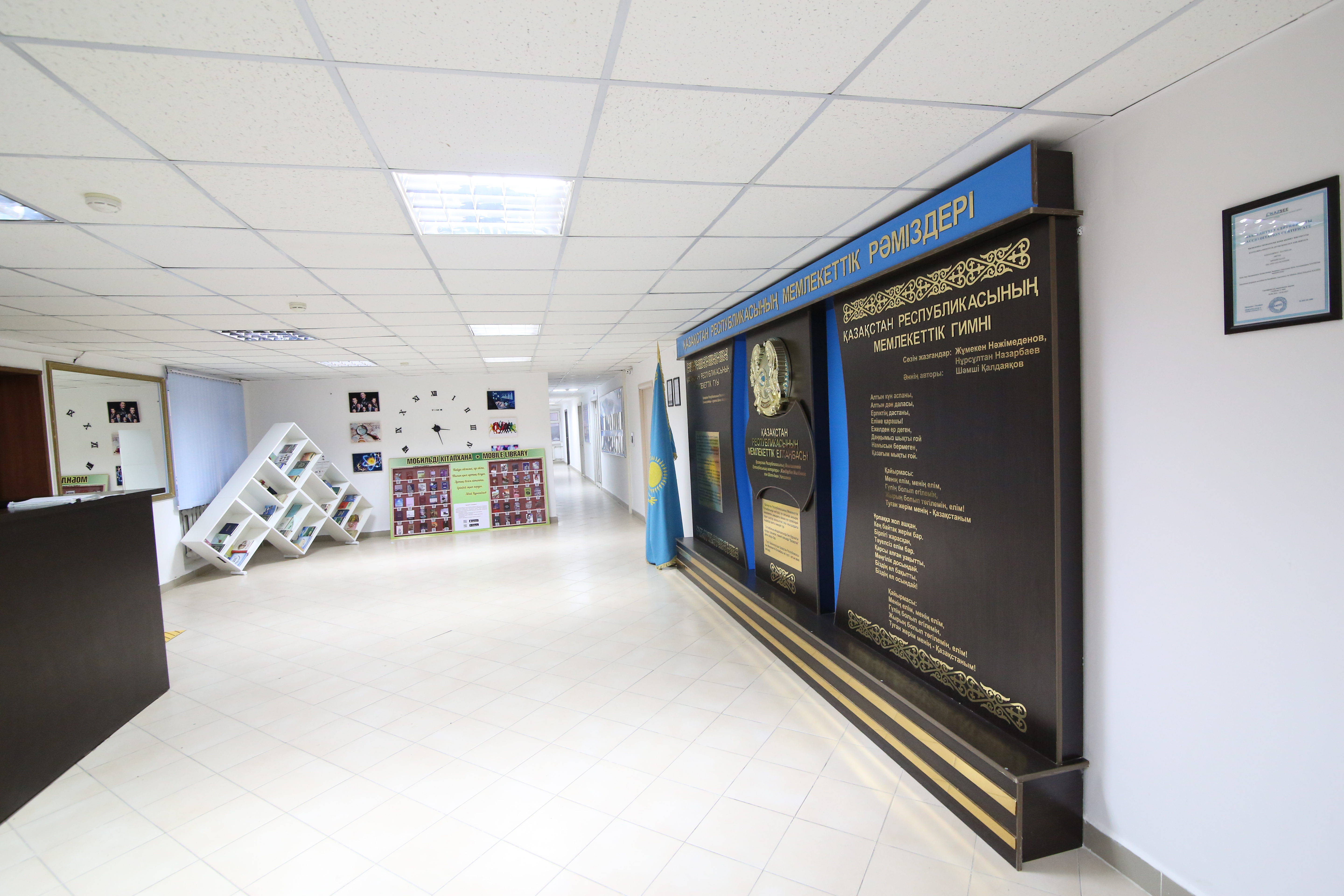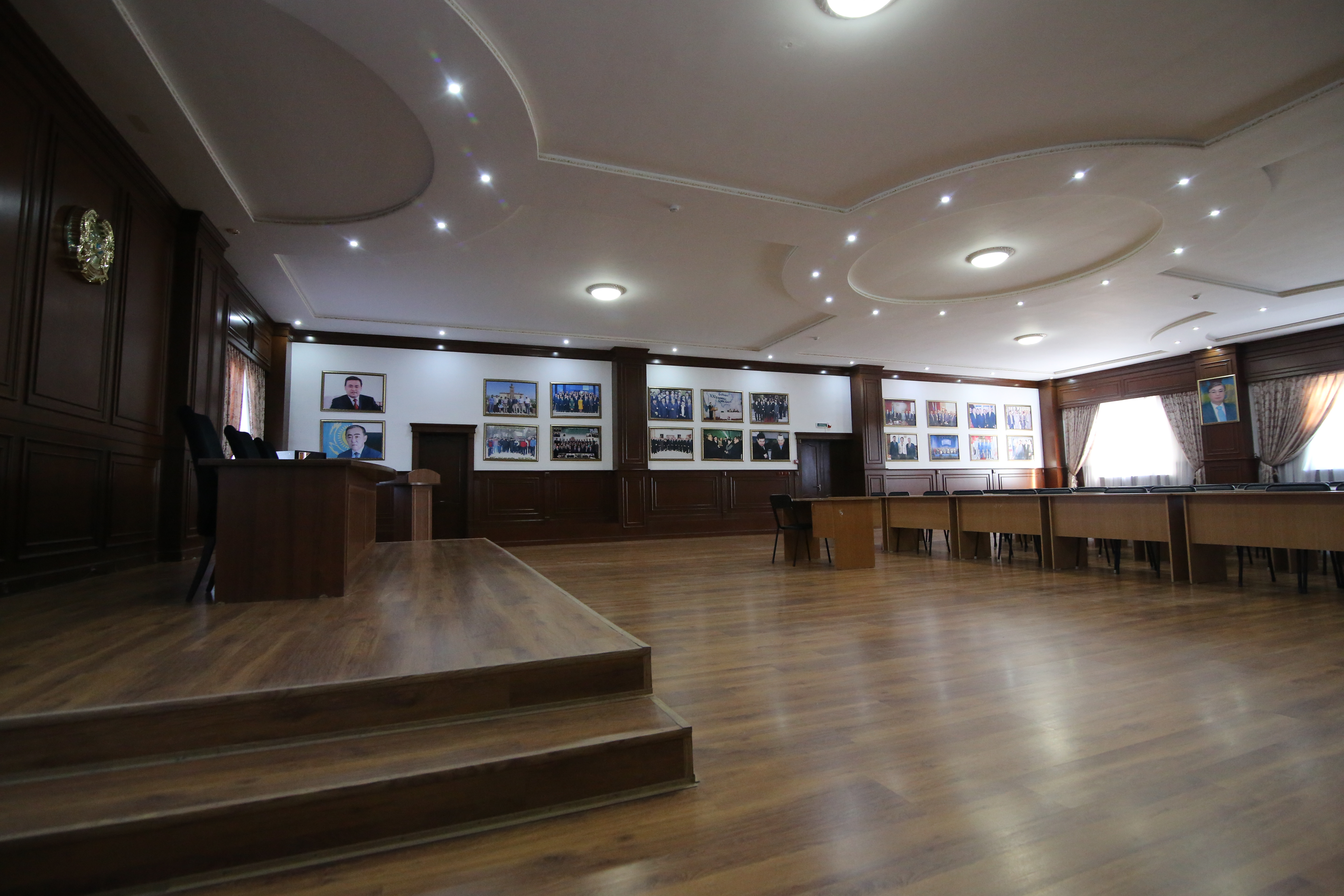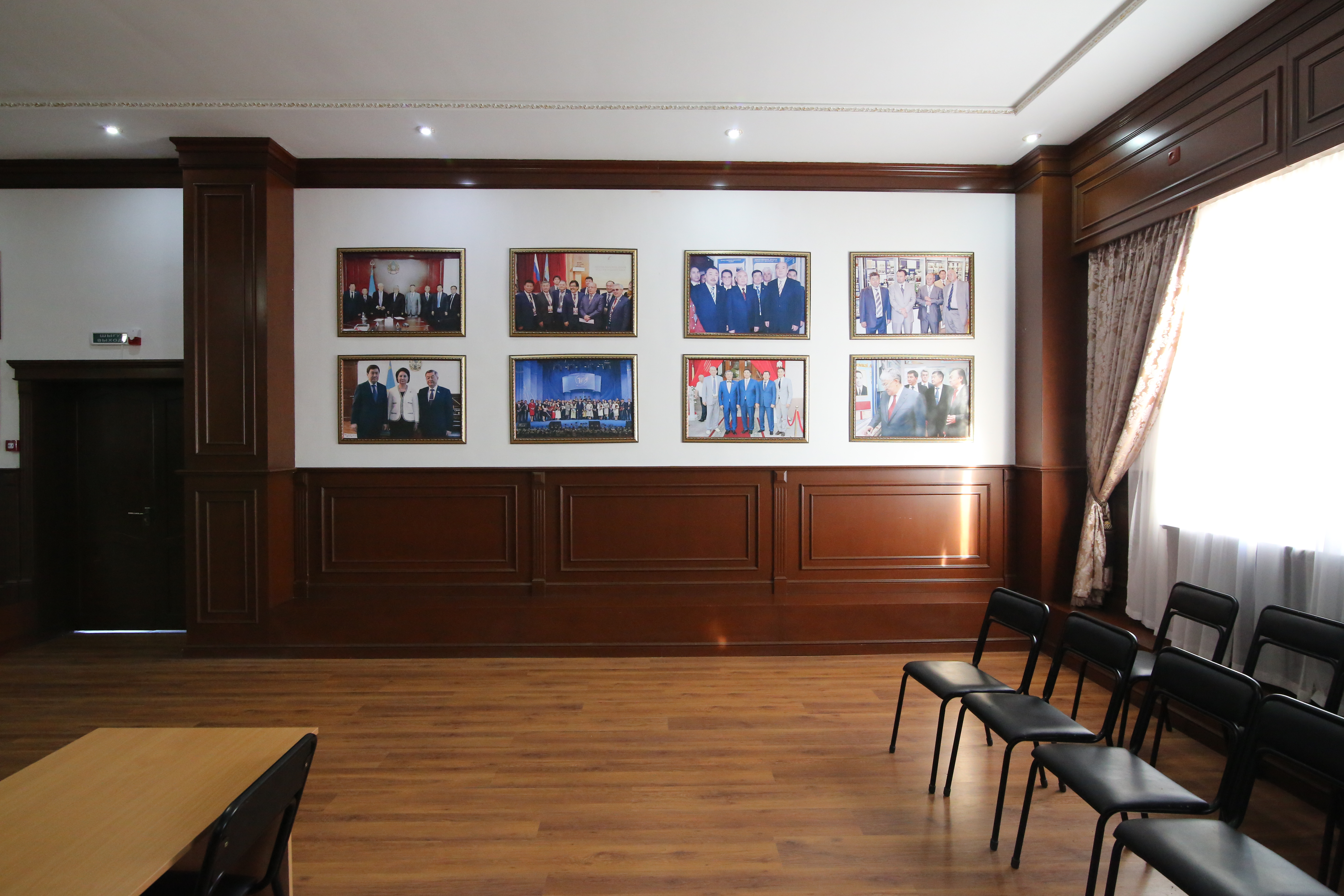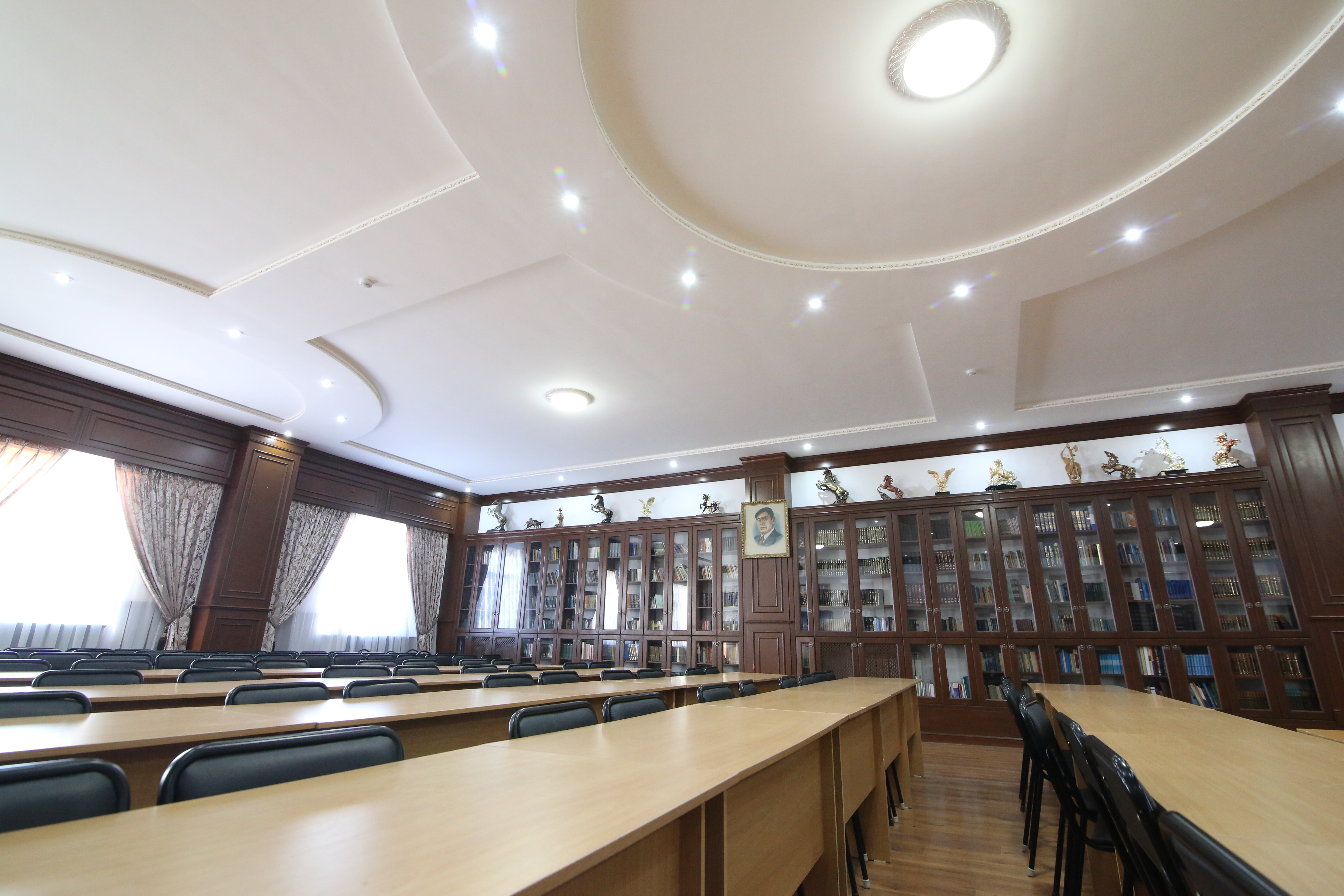Kyzylorda Open University Museum
In 2015, the opening of the historical and cognitive Ethnographic Museum of the Kyzylorda Open University was timed to coincide with a set of events dedicated to the celebration of the 550th anniversary of the Kazakh Khanate.
The basis for the creation of the exposition" Kazakh Khanate " was 1465-1466 of the XY century. Under the leadership of the Khans Kerey and Zhanibek, information from the history of the formation of the Kazakh Khanate in the valley of the Shu and Talas rivers in Western Zheytisu, was used. A large role in the development of the Hall's expositions was played by documentary materials and photographs of the first Khans of the Kazakh Khanate-Zhanibek and Kerey Khans in Astana.
The museum's collection also includes an outstanding Panorama "Kazakh village in Zhailau". Next to the panoramic picture are the originals of ancient historical household items of the Kazakh people of the XVIII-XIX centuries: kebezh (furniture for storing food), chests (for storing things), carpets, saddles, samovars, bowls of various shapes, cups and necklaces for kumys, wooden plates for meat, tagesh, cups, luggage.
All these ancient attributes are collected, preserved and exhibited by the museum as materials of historical and cultural value, on the basis of which Educational, Scientific and educational work is carried out among young people.
The next Exposition Complex presents the traditions and customs of the Kazakh people inherited from their ancestors and preserved to this day: "Atameken, shildehana, cradle, betrothal, Sundet TOI, altybakan, togyz kumalak", etc., as well as a photo exhibition of the history of Kazakh yurts from the X-XII centuries.
In the gallery of photographs of the museum there is an exposition dedicated to the common priest of the Turkic world, kobyzist, philosopher Korkyt Ata, the expositions also show the history of Kyzylorda from the moment of the construction of the front line of Kokand Khans - the Akmeshit fortress, materials about the heroes Zhalantos Seitkulovich, Zhankozha Nurmukhamedovich, Bukharbay Estekbaevich who lived along the cheese.
Syrdarya is a region with a rich history. It is along the Great Silk Road that passes through it that trade centers appeared, which became the epicenter of the city's culture. This is Zhankent, the capital of the Oghuz state, the residence of the Saka kings, Shikir-Rabat, the capital of the Kipchak Khanate, and later the capital of the AK Orda, the city of Syganak, which was the beginning of the Kazakh Khanate, called the "gates to Desht Kipchak".". All these historical expositions-photographs are also presented in the exhibition hall of the University Museum.
Today, the museum fund includes a collection of rare, donated books and manuscripts of great historical, cultural and scientific significance: historical and cultural Atlas of the Turkic world, the history of the Great Steppe, the textbook "Autotractor engines"-published in 1948 (author Doctor of technical sciences, professor A. V. Boltinsky), an anthology of unique voices of the resin of the Syrdarya region and others.
The museum's activities are focused on the history of the University. Today, the museum's expositions reveal the formation and development of the Kyzylorda Open University in a historical and chronological sequence. The history of the university is presented with documents, photographs on stands and showcases in the museum.
The exposition area of the museum includes an area called "University formation", where the rectors ' gallery, documents related to the opening of the University are presented.
In the museum you can also get acquainted with the achievements of teachers and students at various competitions and Olympiads.
The work of the Museum of the history of the university is an important component of the education of patriotism among student youth. The review of the first-year students on the University Museum "school day at the museum" begins with an ecuscursion. Students of schools of the city and the region, delegations from near and far abroad and Kazakhstan are frequent guests of the museum. The materials of the museum's exposition are constantly updated and updated.
Periodic information about the work of the museum is published in the press center of the University.
